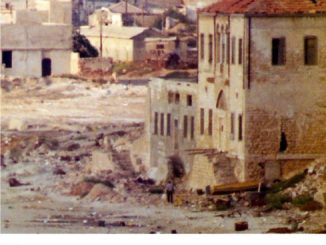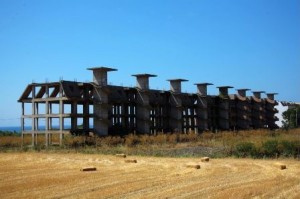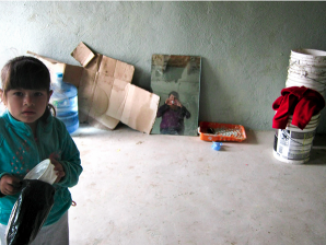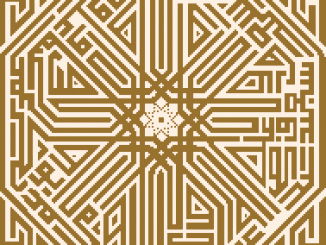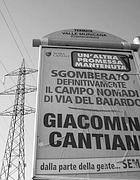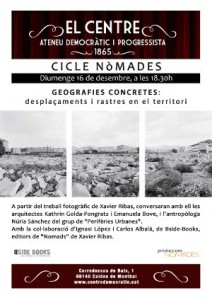
This sunday 16th at 6:30pm the anthropologist
Maite Marín and the photographer
Jordi R. Renom invite us to the last nomadic trip organized in "El Centre",
Ateneu democràtic i progressista de Caldes de Montbui, doubtlessly so interesting as the previous sessions of
Nòmades cycle, that are taking place since one year ago. In this session they will show us the photographic project of
Xavier Ribas, and starting from it we will hold a debate among photography, urbanism, architecture, anthropology. To the conversation are also invited the urbanist-photographer-arquitect
Kathrin Golda-Pongratz, the architect
Emanuela Bove from
Repensar Bonpastor, and the anthropologist
Núria Sánchez Armengol, a member of our research group. The work of Xavier Ribas
Nòmades deals with issues such as
limits,
frontiers,
expulsions from territory,
everyday life,
simbolic violence and
historical memory, starting from photos taken in peripheral territories. Xavier Ribes has been working since 1994 on different projects in urban peripheries.
"...
Peripheries are not all the same. In Barcelona is not the same thing if you visit Besós or Llobregat, or if you go to Nou Barris, Pedralbes, or Sarrià… I'm interested in periphery, among other issues, because it is a counterpoint, or countervision, to the city thought from the center. If contemporary city differ in something, these are their peripheries more than in their urban centers. So, we could say that the true character of the cities is in there, and that peripheries, more than equalize, generate identities". [link on blog "a sangre" by Francisco Navammuel]

 “Early in the morning I find Taksim square already full of people and fully operational, among the flags of the left-wing extraparlamentary groups, and of associations of the civil society, from feminists to LGBT, from kurdish anarchists to muslim anticapitalists and marxists…” A commentary from our correspondent in Istanbul: [in spanish and italian]
“Early in the morning I find Taksim square already full of people and fully operational, among the flags of the left-wing extraparlamentary groups, and of associations of the civil society, from feminists to LGBT, from kurdish anarchists to muslim anticapitalists and marxists…” A commentary from our correspondent in Istanbul: [in spanish and italian]